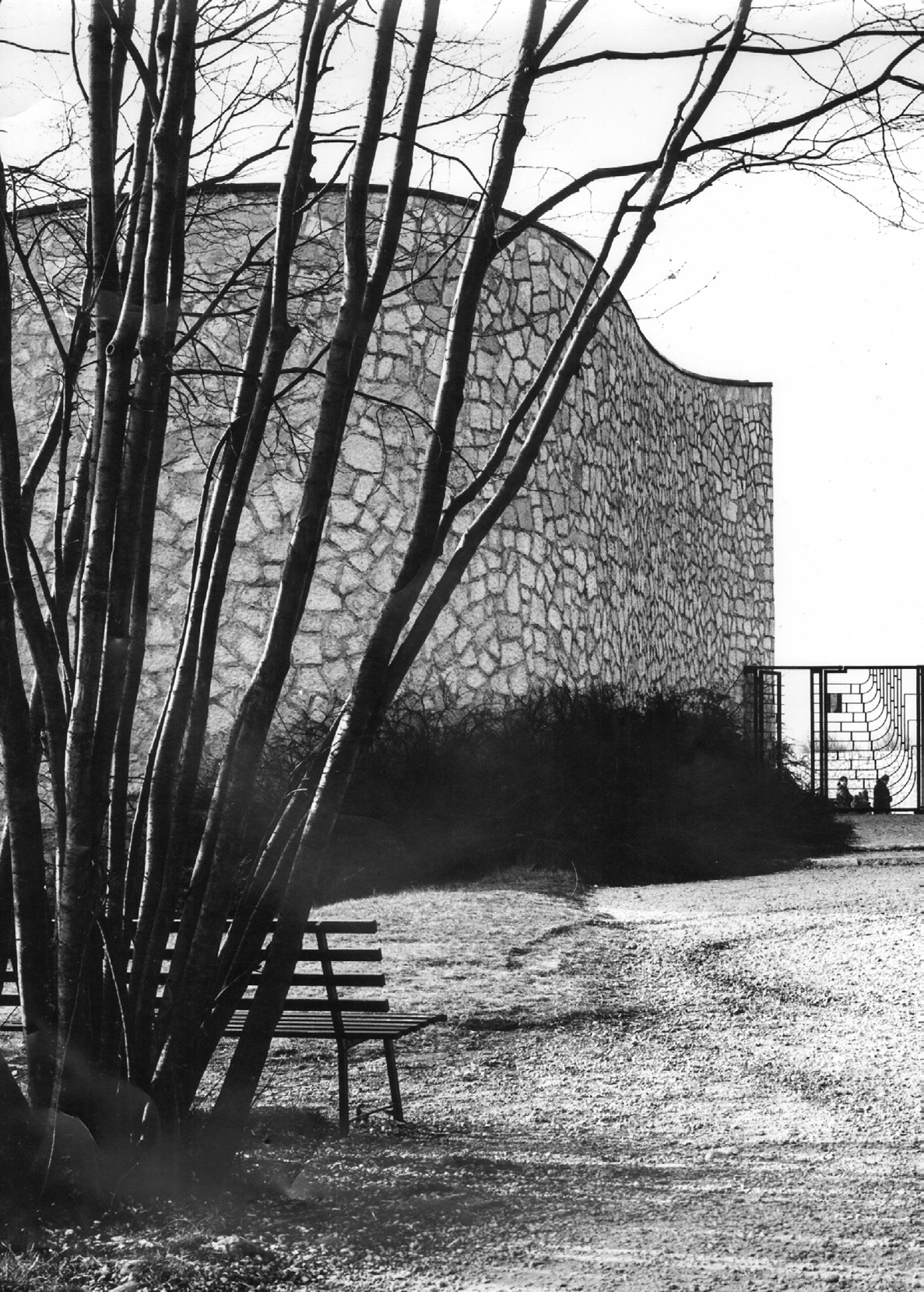
This brief essay focuses on the main projects of sacred architecture realised in Vajont during the twenty years following the tragedy that ocurred there sixty years ago. Designed by the already established Michelucci, and the younger architects Avon, Tentori, Zanuso, Gresleri, and Varnier, these cemeteries and churches represent not only the reconstruction of indispensable structures and facilities, but also an attempt to redefine (the remains of) villages, landscapes, and community identities. As a counterbalance to urban planning, which seems to impose overly rational housing models and standards – being therefore unintelligible to the average citizen – these more punctual creations aim at a greater respect for the specificity of these extraordinary contexts, recovering images and memories from the past with sophisticated sensitivity, firmly rooted in the landscape.
While these creations are certainly unique in their approaches, which are summarized in this essay, they are also united by the main goal of avoiding monumentalism and rhetoric.







